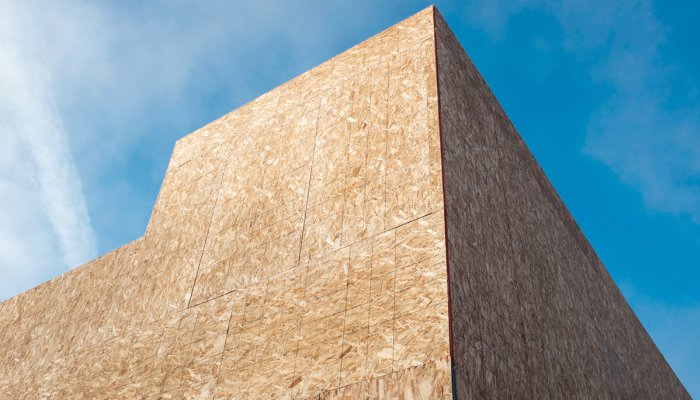6 Architect-Approved Ways Make Your Home Renovation More Sustainable

There are lots of nature-based building materials in the works right now, from insulation made from mushroom mycelium to carbon-absorbing timber walls. But until these eco-alternatives are readily available on the market and construction workers are trained on how to use them, our options are relatively limited.
While some foundation, wall, and finishing materials are lower-impact than others, Dutta-Choudhury says that they are all relatively resource-intensive in one sense or another. In her book, she gives bamboo floors, made from a natural material that grows quickly, as an example: “While we installed bamboo floors in our addition, the fact that they were originally harvested in a remote forest and then shipped across a vast ocean kind of diminishes their renewable sourcing,” she writes. “While a material like bamboo is eco-friendly from some metrics, it is not when you look at it from another perspective.”
With that in mind, she considers the most sustainable materials to be the ones you can buy locally: Look into what’s available within 200 miles of your home to cut down on the emissions it takes to ship such heavy materials across the world.
This article was originally published by mindbodygreen.com. Read the original article here.




